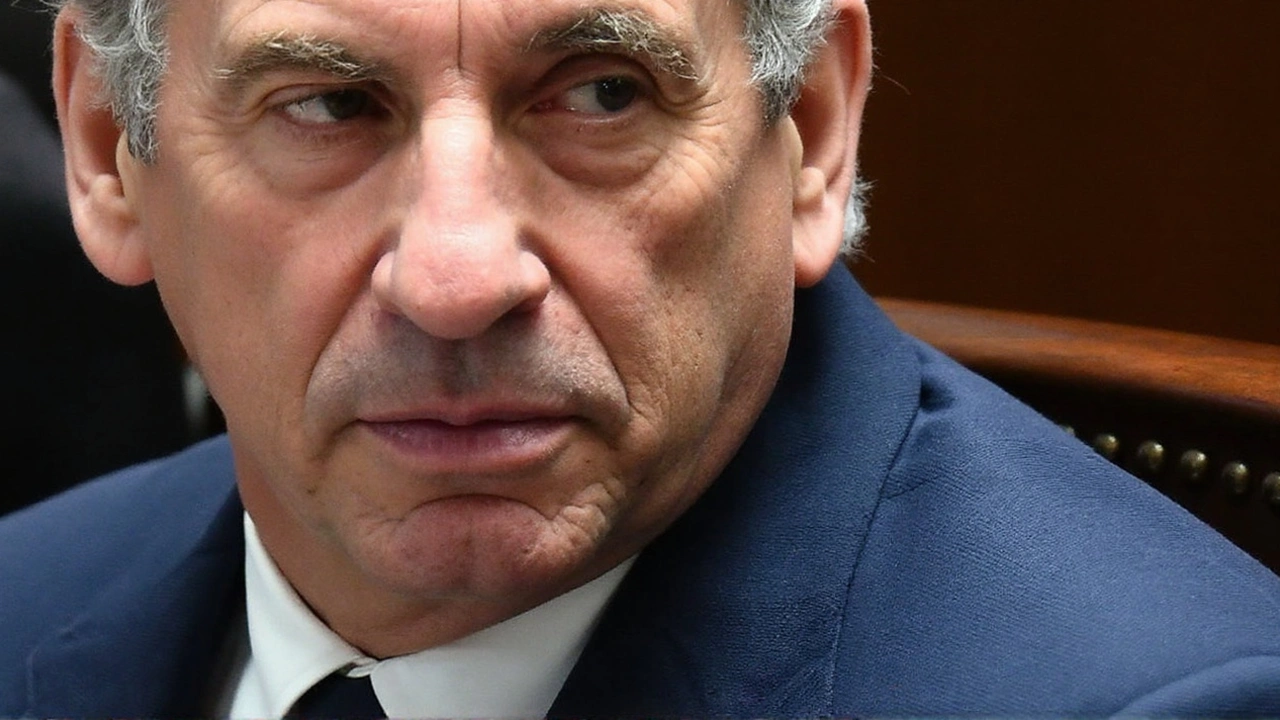France Political Crisis: What’s Happening and Why It Matters
When talking about the France political crisis, a period of intense instability that sees the French government, citizens, and institutions clashing over policy and power. Also known as French political turmoil, it has driven headlines worldwide. The crisis first erupted when the French government, the executive branch led by the President and the cabinet, faced mounting opposition to its reform agenda. Central to the drama is Emmanuel Macron, the current President whose push for economic changes sparked widespread backlash. Together with the French Parliament, the bicameral legislative body that debates and votes on reforms, these entities shape the direction of the crisis.
Key forces driving the turmoil
The crisis encompasses several overlapping forces. First, massive protests have erupted across cities, from Paris to Marseille, as workers, students, and retirees demand better wages and social protections. Second, the government’s attempt at pension reform and labor law changes has required swift legislative action, creating a feedback loop where policy demands fuel public dissent. Third, upcoming elections add urgency: parties on both the left and right see the unrest as a chance to rally support, while the President’s party fights to preserve its mandate. Finally, European Union policy influences the crisis; EU fiscal guidelines press France to keep public spending in check, which in turn fuels domestic resistance.
These dynamics form clear semantic links: the France political crisis encompasses nationwide protests; it requires government reform to address public grievances; and EU policy influences the French political crisis by shaping fiscal options. Each link shows how a single issue can ripple through institutions, citizens, and international partners.
Beyond the headline players, several related entities shape the story. The French labor unions, powerful collectives that organize strikes and negotiate worker rights have become the primary voice of dissent. Meanwhile, the National Assembly, the lower house of Parliament where most reform bills are debated, decides whether contentious measures pass or stall. The French Senate, the upper chamber that can amend or block legislation, also plays a pivotal role. Lastly, the French media, news outlets that frame public perception of the crisis, guide how the narrative spreads.
Understanding the crisis means looking at both immediate triggers and deeper structural issues. Economic stagnation, rising living costs, and demographic shifts have built pressure on the welfare state. At the same time, political fragmentation—multiple parties vying for votes—makes consensus harder to achieve. The President’s reform agenda, though aimed at modernising the economy, clashes with entrenched social expectations, creating a classic policy‑implementation dilemma.
What you’ll find in the collection below is a mix of analysis, on‑the‑ground reports, and expert commentary that break down each of these pieces. Whether you’re curious about the latest protest tactics, the outcome of a parliamentary vote, or the EU’s role in France’s budget, the posts give you a practical, up‑to‑date look at the unfolding drama. Dive in to see how the France political crisis continues to reshape the nation’s future and what it could mean for you.
France political crisis deepens as Bayrou loses confidence vote, fifth PM to fall in two years
François Bayrou lost a confidence vote after nine months as Prime Minister, making him the fifth French leader to fall in two years under President Emmanuel Macron. Bayrou tied his survival to €44 billion in 2026 budget cuts amid soaring debt and deficits. Macron will name a new Prime Minister within days. The turmoil clouds France’s fiscal plans and could ripple across the EU.





